2019 was a big year for SEO. It felt like there were new murmurings in the forums and exciting announcements from Google every few weeks.
The truth was, there were some major changes to the SERPs and the way we need to optimise our websites that are having a huge impact on technical SEO.
Favicons in Search Results – May 2019
May 2019 saw changes to the Google mobile search results which didn’t please everyone. Whereas previous to the update the search results were peppered with icons denoting the Google Ads, after it every site in the SERPs had a logo next to it.
This change (shown below), was met with some outcry from those in the SEO industry who claimed it made the adverts even harder to distinguish from the organic results.
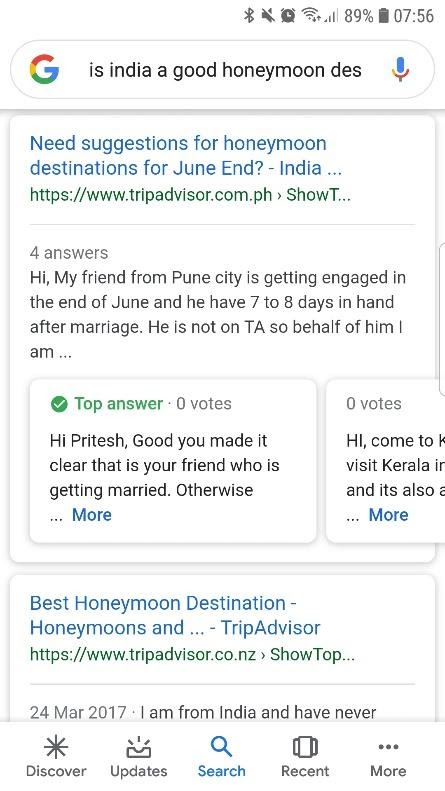
Before

After
Some even went as far as proving this point by adding a favicon to their site that resembled the “Ad” icon.
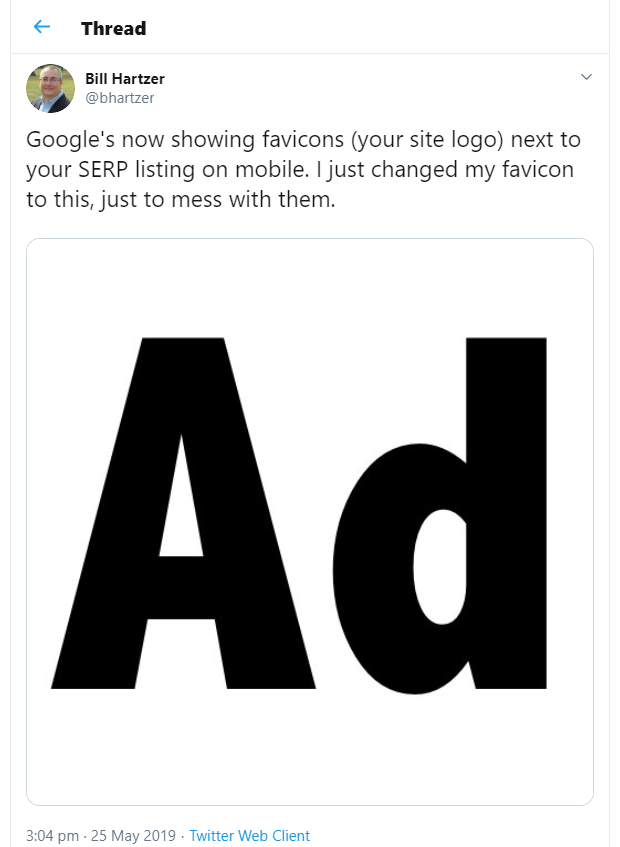
Bill Hartzer’s Tweet 25 May 2019
Whatever your thoughts on the use of Favicons in the SERPs one thing is for sure, what may once have been a small checkbox item on a technical SEO audit has now become something to pay attention to.
What’s more, as of January 2020 the same treatment has been given to the desktop search results.
3D and AR in the SERPs – May 2019
Google excited many during its I/O conference in May with the announcement that augmented reality would soon be featuring in the SERPs. True enough, later that month reports started flooding in of people seeing a 3D panda, shark and various other animals in their Google mobile results. The image was not only 3D, but could be overlaid onto the searchers surroundings using their phone’s camera.
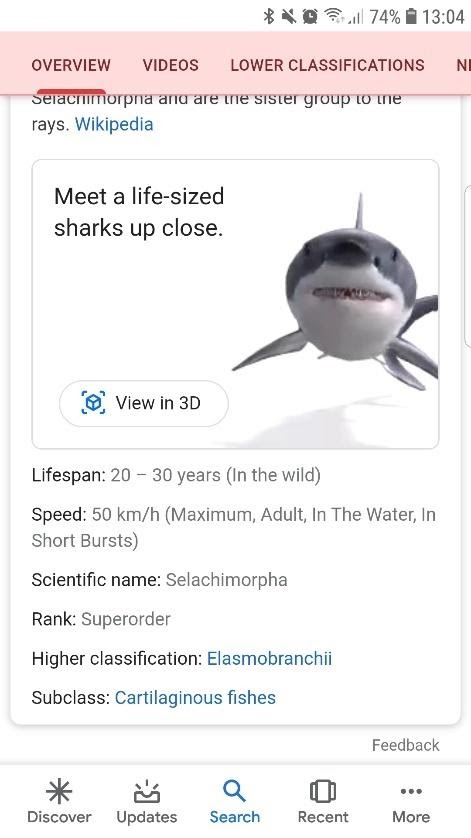
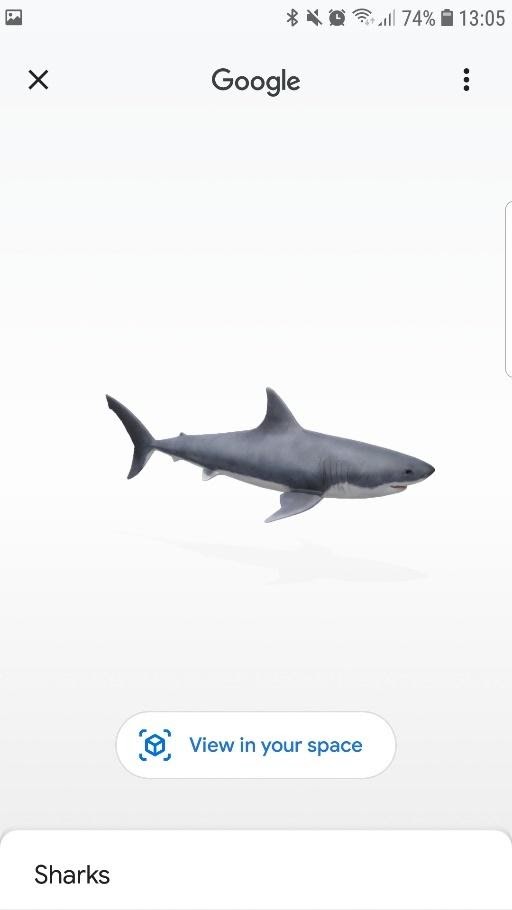
At first look, the idea can seem gimmicky. There’s no real commercial application to a Google supplied 3D panda in the SERPs. But what this does hint at is Google’s move to enabling other AR features. In fact, Google announced in their blog, The Keyword, that they are partnering with companies like Samsung, Target and Volvo to bring some of their content in 3D into your living room via the SERPs.
At Google Search: Sate of the Union in May John Mueller discussed Google’s desire to index more of these 3D models. He even gave an example of the sort of structured data mark-up that might be used in conveying to Google the nature of a webpage’s 3D content.
This was an exciting announcement for technical SEOs who can start preparing for when Google begins pulling non-partner companies’ 3D content into the SERPs.
[Ebook] Technical SEO for non-technical thinkers
Googlebot went evergreen – May 2019
Alongside the other Google developments announced at I/O was the long-awaited news that Googlebot will now be evergreen with the latest Chromium rendering engine. This means that sites using modern JavaScript will hopefully have less problems with indexation by Googlebot. Good news for technical SEOs and developers alike.
Key moments in video – September 2019
Google released a new feature in the SERPs that allows users to see and skip to specific points in a video. Calling the feature “key moments”, Google claimed they are “developing new ways to understand and organize video content in Search to make it more useful for you.”
Displayed in the mobile search results, the video is pushed to the top of the search results, above the video carousel and takes up a larger space in the SERPs than standard video results.
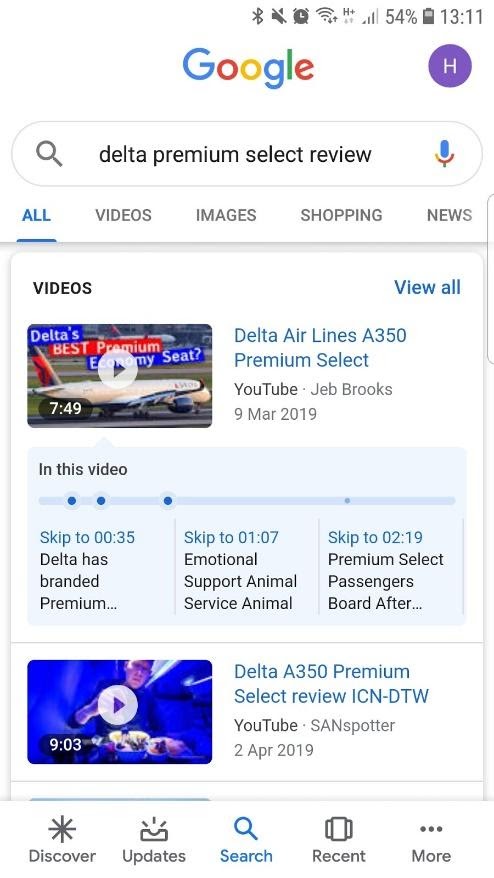
SEOs can make the most of this enlarged video snippet by annotating the various sections of their video in its description in YouTube.
BERT – October 2019
Perhaps one of the biggest updates is not strictly one that has an impact on technical SEO. It is however a massive advancement in the technical method by which Google understands searches. Google BERT.
Google announced “BERT” in October 2019. The update, dubbed by Google Vice President of Search Pandu Nayak, as “the biggest leap forward in the past five years, and one of the biggest leaps forward in the history of Search.
BERT is a neural network-based technique for natural language processing pre training. Essentially by applying BERT (Bidirectional Encoder Representations from Transformers) models to search queries Google is able to better understand the nature of the query. Google has claimed that as many as 1 in 10 US English queries will be better comprehended by the search engine.
BERT models’ can consider a word in relation to all the words in a phrase, regardless of whether they appear before or after the word being assessed (bidirectional). This makes Google’s ability to comprehend searcher intent is far greater as the context of individual words is now much clearer.
There is nothing that an SEO can technically do to optimise “for BERT”. It does mean that the clarity of the language we use on our sites is as important as ever however, as Google becomes increasingly better at understanding what searchers are really looking for.
Speed reports in Google Search Console – November 2019
In November Google released a beta speed testing tool in Google Search Console which enables SEOs to identify if their pages fall into the bucket of “slow” loading pages. Google even gives the reason why the page is loading slowly, helpful for ensuring the right fixes are implemented.
Unlike other speed testing tools this gives the benefit of charting speed over time. From this SEOs can see if the load speed of their pages is getting better or worse over the course of months.
Load speed is definitely something that Google cares about. Also announced in November was Google’s intention to highlight slow-loading webpages in Chrome. In the Chromium blog Google advised “In the future, Chrome may identify sites that typically load fast or slow for users with clear badging. This may take a number of forms and we plan to experiment with different options, to determine which provides the most value to our users.”
With this in mind, keeping an eye on your page load speeds is crucial. Not only is it a ranking factor, but users could be met with an additional deterrent if they try to visit a slow loading webpage.
Conclusion
It has been a busy year for SEOs, with many changes both in how Google understands and serves content. For technical SEOs our are focus needs to be on keeping up with these changes and preparing our sites to take advantage of the new improvements.

